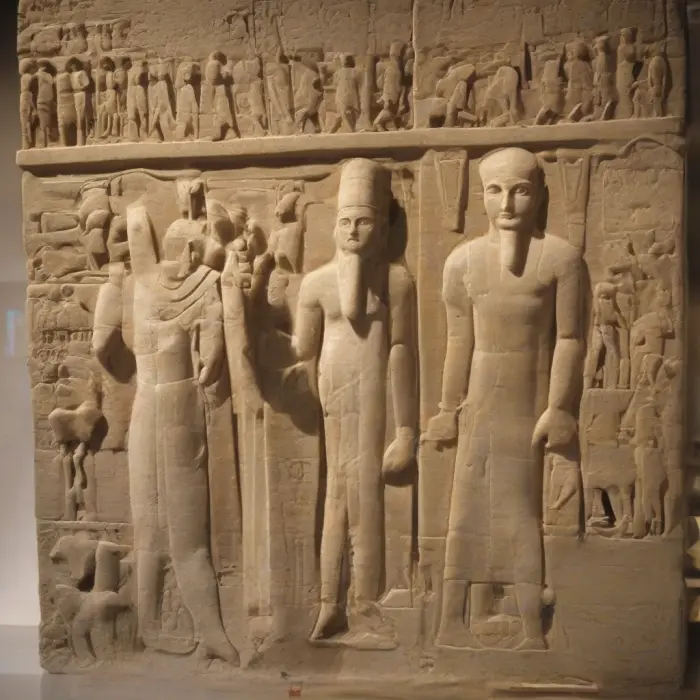Quirky Facts About the History of Ancient Astronomy
Since the dawn of time, humans have been fascinated by the stars and heavens above. The history of ancient astronomy encompasses the beliefs, practices, and discoveries of prehistoric cultures such as the Mesopotamians, the Egyptians, the Greeks, the Indians, and the Chinese. This history is filled with unusual observations, theories, and facts that might surprise you. Let's explore some of them:
Star Catalogs of Ancient Mesopotamia
The ancient Mesopotamians, known today as the inhabitants of Iraq and parts of Syria and Turkey, are credited for creating the oldest known star catalogs. Archaeologists have discovered clay tablets dating back to 1800 BCE that systematically list constellations and bright stars. However, their motivations were not purely scientific. Instead, they used these catalogs for divination and astrology, believing that the stars' movements could predict the future.
The Pyramids as Astronomical Observatories
Did the Egyptians construct the Great Pyramids of Giza as astronomical observatories? Scholars have debated this theory for decades. The orientation of the pyramids, aligned with the cardinal points (north, south, east, west), suggests an intimate relationship between their construction and celestial movements. Particularly, it is believed that one of the shafts of the Great Pyramid pointed directly toward Thuban, the North Star of 2500 BCE, serving as a guide for the Pharaoh’s soul to ascend to the heavens.
Ancient Greek Knowledge of a Spherical Earth
The Greeks were among the earliest thinkers to deduce that Earth is a sphere. This is often attributed to the philosopher Pythagoras and his followers in the 6th century BCE. What's more, they calculated the Earth's size fairly accurately. The philosopher Eratosthenes in 240 BCE used the sun's shadow at two different locations to estimate Earth's circumference – a figure very close to the modern value. He even suspected the existence of the Southern hemisphere, which was known as the antipodes.
Indian Astronomy and its Cosmic Cycles
In ancient India, astronomers developed the theory of cosmic cycles, or "Yugas." They believed that time is cyclical, with four Yugas repeating in a cycle of 4.32 million human years. Each Yuga has a specific spiritual and moral significance, with qualities diminishing from the Golden Age (Satya Yuga) to the Dark Age (Kali Yuga). To the astonishment of many, these calculations correlate with modern scientific theories about the Great Year, which is the time the Earth takes to complete one full orbital cycle of theaxes.
The Double Hours of Chinese Astronomy
The Chinese were one of the earliest cultures to record sunspots and solar eclipses, but their most remarkable achievement might be the invention of their complex calendar and timekeeping system. One of the quirkiest aspects of ancient Chinese astronomy was the concept of "double hours" or Shi Chen. This divided a day into 12 periods of two hours each, named after the twelve earthly branches.
Ancient Astronomy is a testament to humanity’s insatiable curiosity about the cosmos and our place within it. It also illustrates the beauty of human cognition, displaying our ability to make sense of the world through observation, theory, and debate. As we look up at the night sky, it's humbling to remember that we are part of a millennia-old tradition of stargazers who seek answers in the heavens above.










